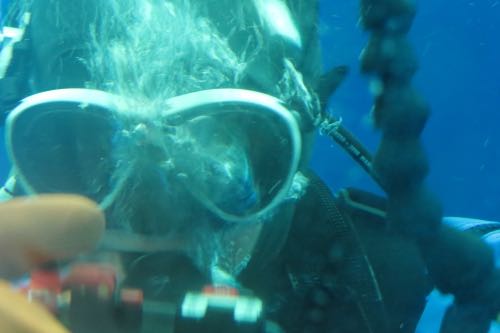
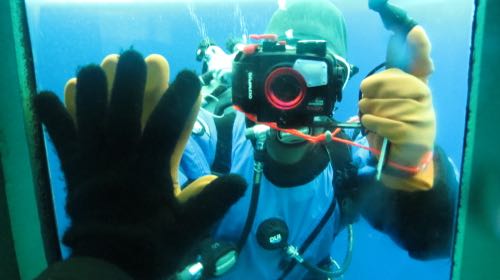
New experiences claimed my day. Starting bright and early at 7am, there was a fire drill for our residence hall. Yes, we have to practice those just like everyone else. Thank goodness the temp wasn't brutally cold as I left my room in pj pants and my big red coat. Thankfully, I had left my hiking boots next to my bed so I could quickly get them on. My research colleague did not fair as well coming out in open toe Birks! Yikes, that must have been cold!
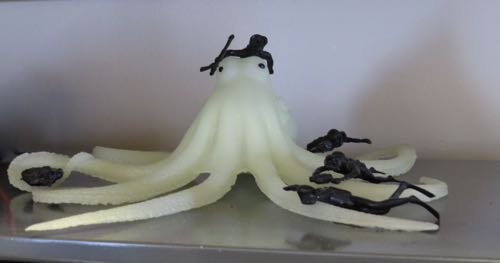
In the lab I got to run the power saw and take fun pics of thin sections of ice I was able to cut. More to come on that later in the month. The truly exciting part of my day entailed heading to the dive locker and serving as a dive tender and getting some time in the observation tube. I will do another journal on the observation tube tomorrow! Today's focus is on the diving.
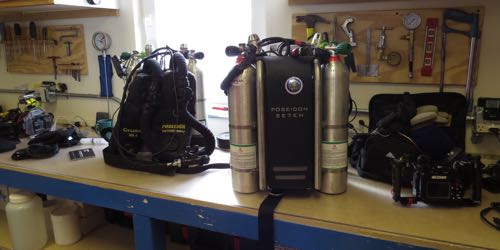
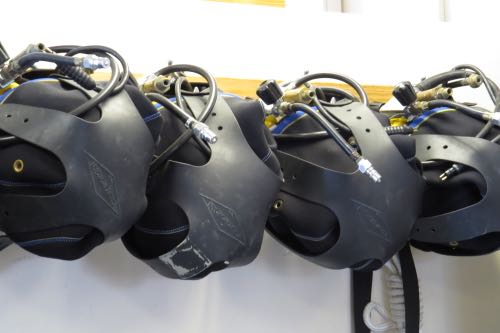
A big thanks to Rob Robbins who allowed me to come along as a dive tender despite not being "signed" up to do so. Rob is a master diver and married to a fabulous woman, Robbie, that I was lucky enough to meet in Alaska during my training. Rob has made well over 1500 dives into the icy Antarctic waters. He is super friendly and encouraged me from my first week to come down and check out the diving!
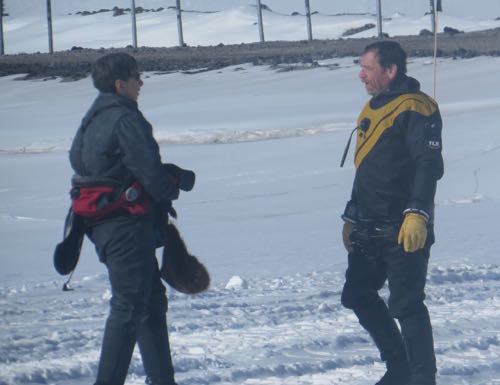
Assisting on the dive today is another legend in Antarctic diving, Brenda Konar. Her dive tender is another great, John Heine, a diver for over 45 years – which is longer than I have been alive! The other divers for today are newcomers to Antarctica, like myself. Both currently live in Hawaii and are artists. Michelle and Kirsten have become wonderful new friends and allowed me to assist them as their secondary dive tender. They actually had a bonafide dive tender, Jess, another Wisconsinite from Mequon! Jess serves on the janitorial staff here and turns out, she had Mr. Heibler as a science teacher who I know as a result of APES, crazy small world!
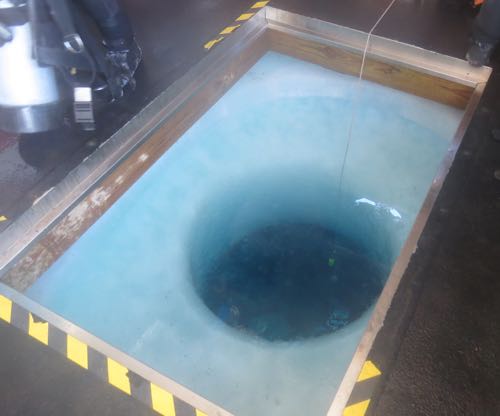
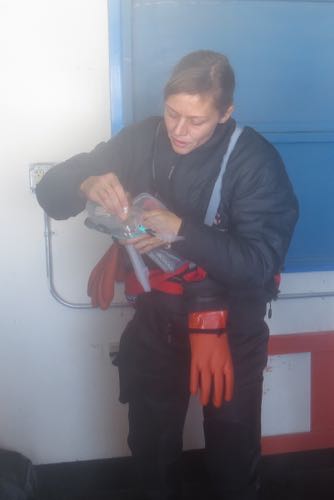
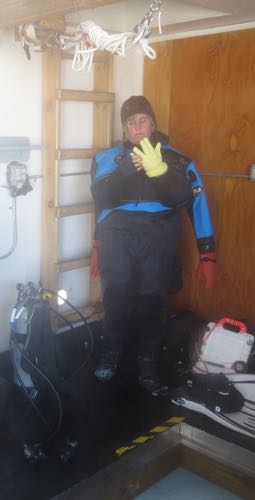
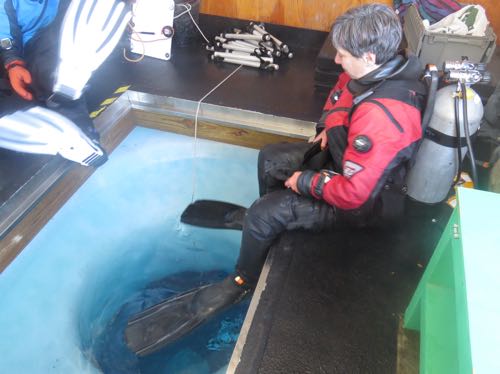
The pics below will speak for themselves. I have a lot to show. It was so fun! The water was crystal clear and I got to see some sweet invertebrates. I am not a diver, in fact, I haven't even snorkeled, and after watching the ladies go through their routine just to get into the water, I am thinking it may never be in my wheelhouse! I envy their ability to see and get close to the undersea life, but I am pretty content to see it from the observation tube!
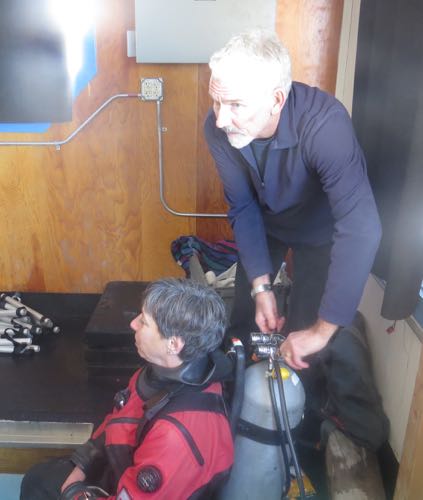
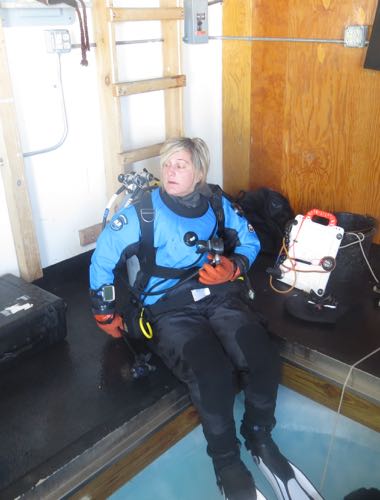
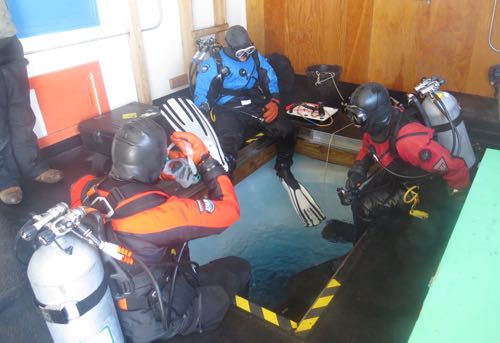
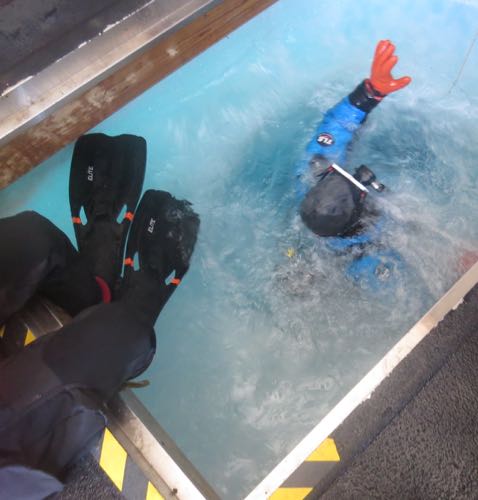
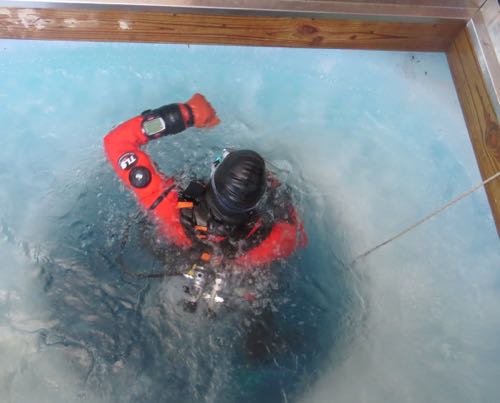
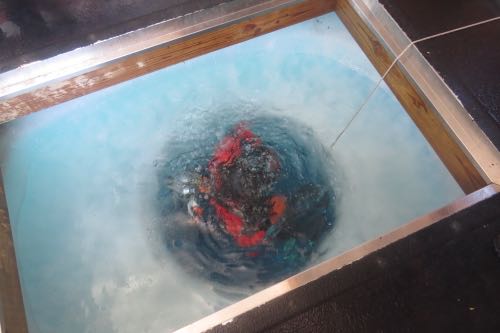
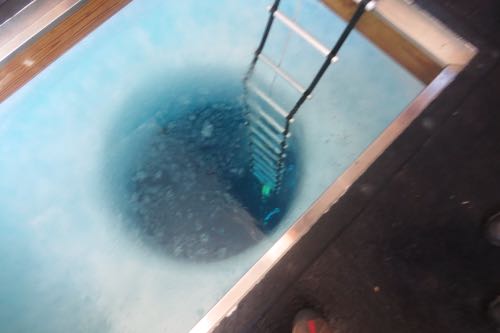
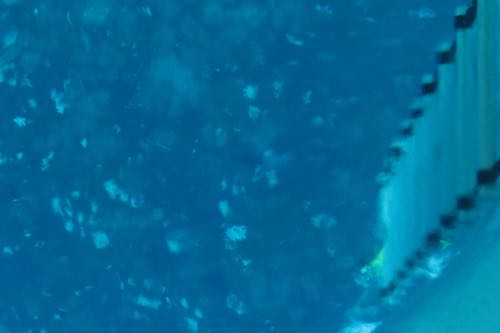
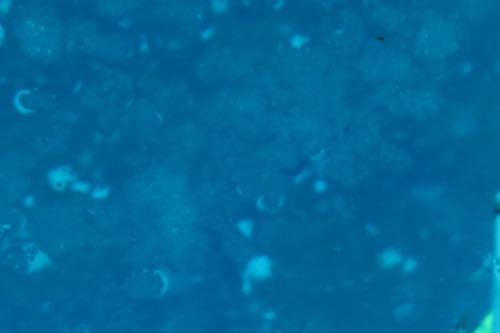
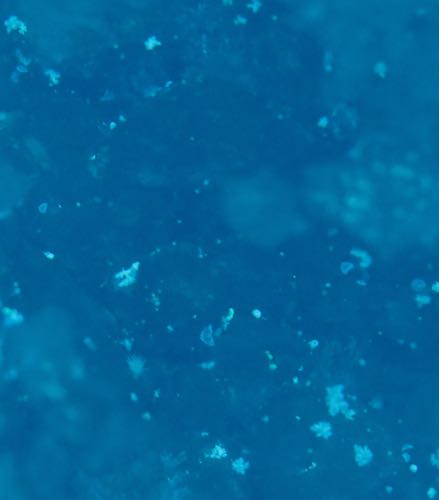
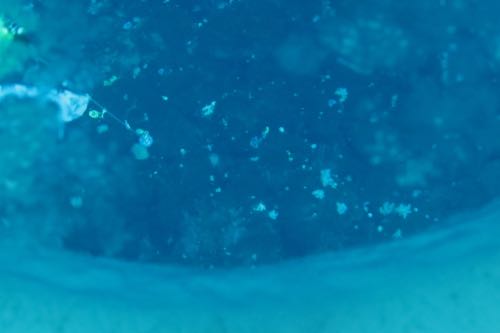
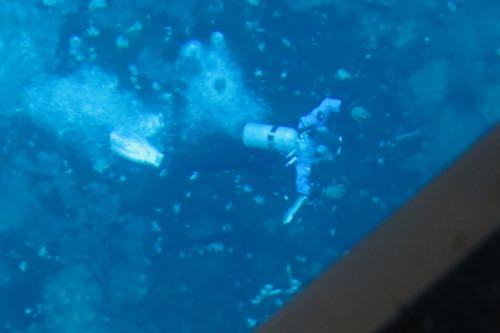
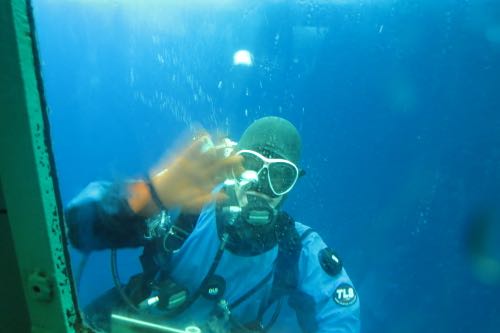
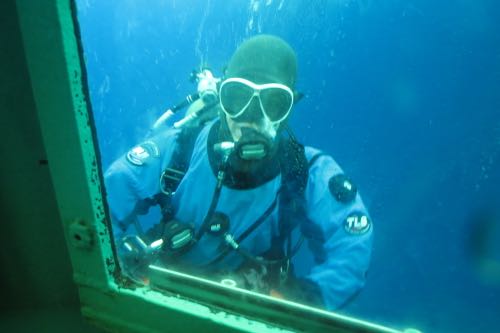
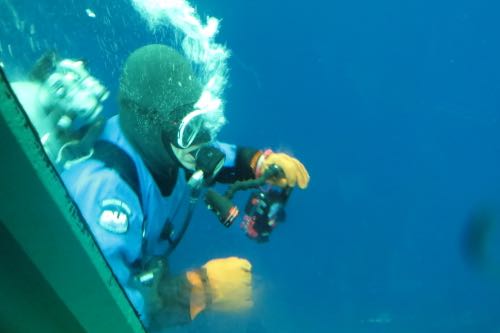
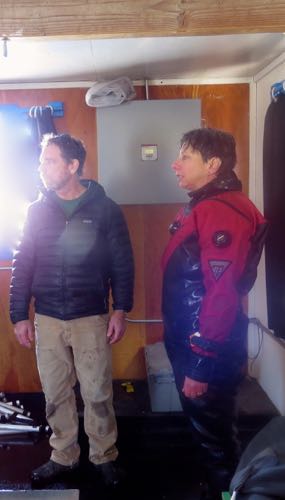
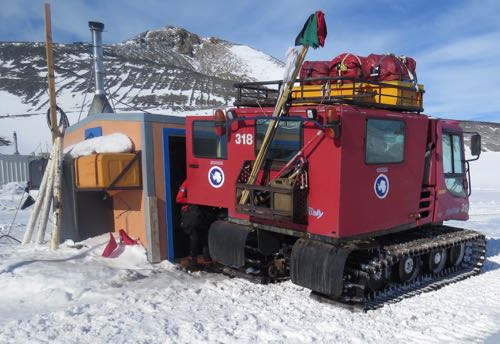
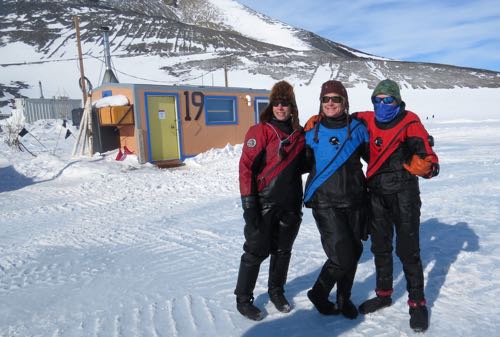
Flat Lorax would probably agree with me on this! Today's cards are from Gabby in first grade and Kailee, a former APES student!
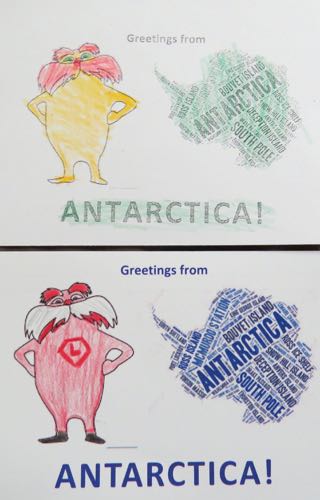


Comments